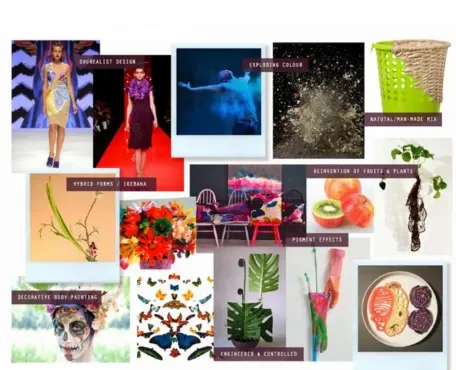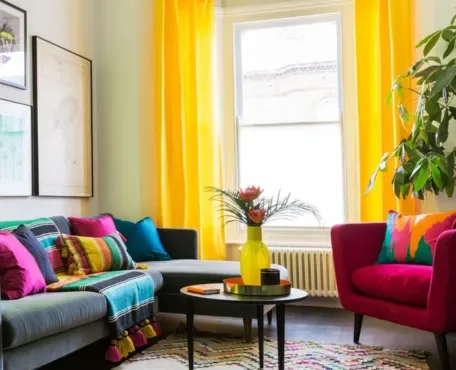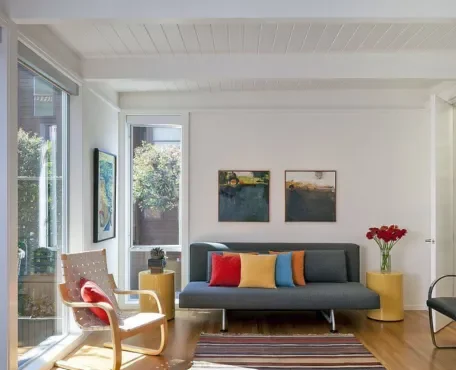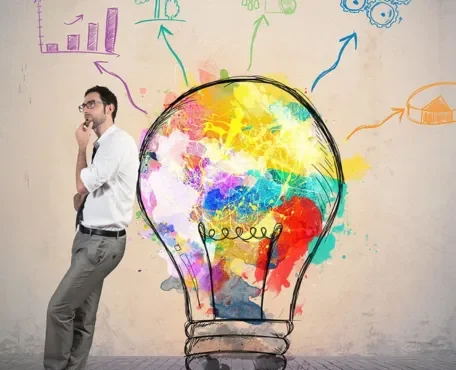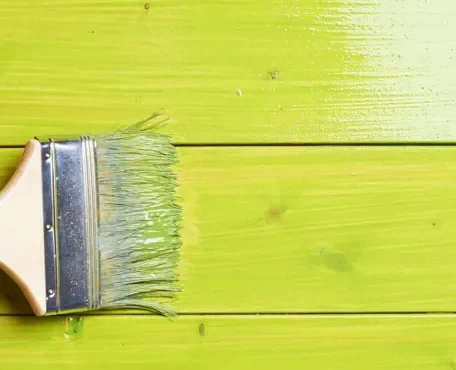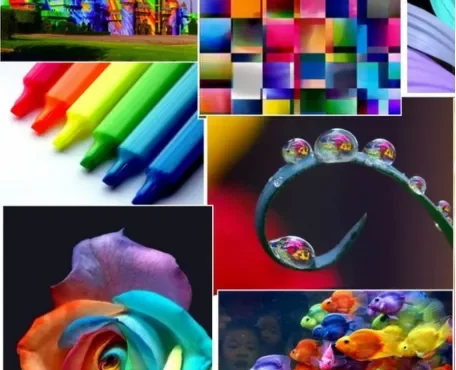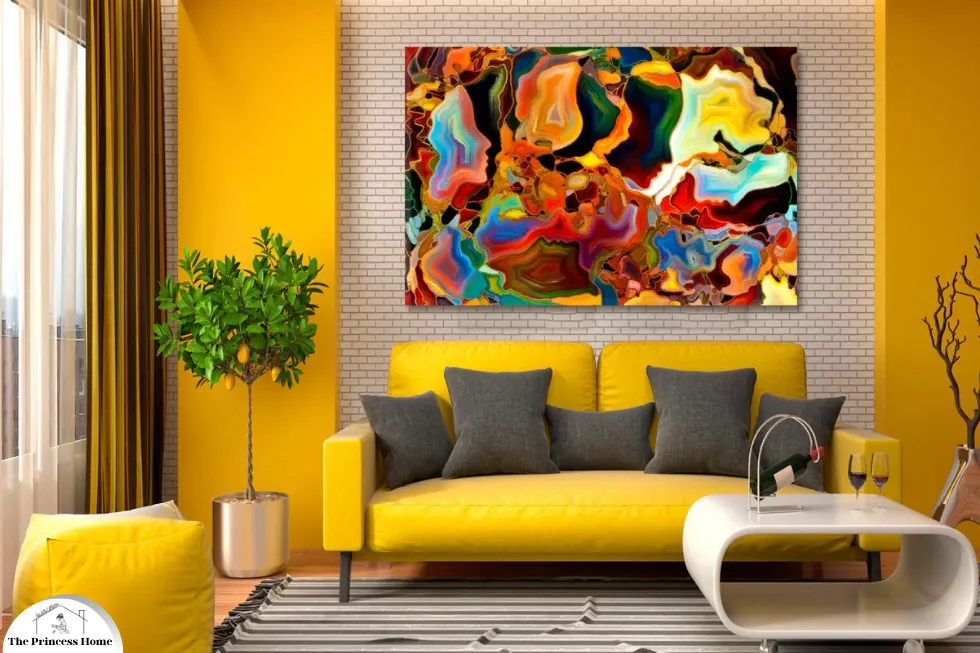
Color is a dynamic and ever-evolving aspect of design, fashion, and branding. As trends shift and cultural influences evolve, staying updated with current color palettes is essential for designers, marketers, and creative professionals seeking to remain relevant and innovative. Color trends and forecasting serve as invaluable resources, providing insights into emerging color palettes, consumer preferences, and industry directions.
In this article, we explore the intricacies of color trends and forecasting.
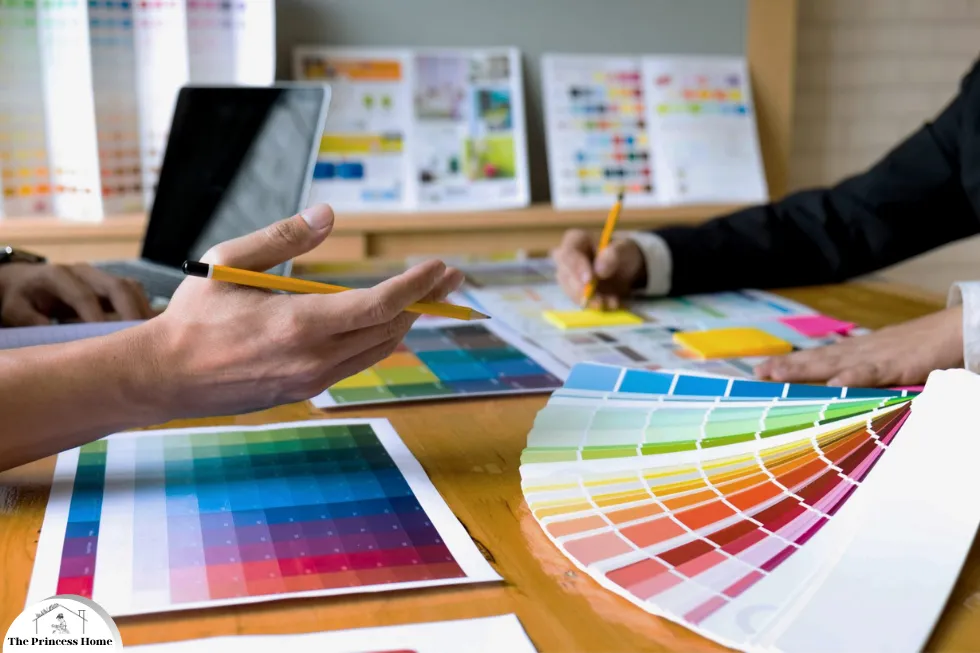
Understanding Color Trends
Color trends are dynamic and ever-evolving phenomena that reflect shifts in popular preferences, aesthetic sensibilities, and cultural influences. From fashion runways to interior design schemes, color trends permeate various industries, shaping consumer choices and design decisions. Understanding the intricacies of color trends is essential for designers, marketers, and individuals seeking to stay relevant and innovative in a rapidly changing landscape. In this section, we delve into the fundamental aspects of color trends and explore how they impact design aesthetics, consumer behavior, and creative strategies.
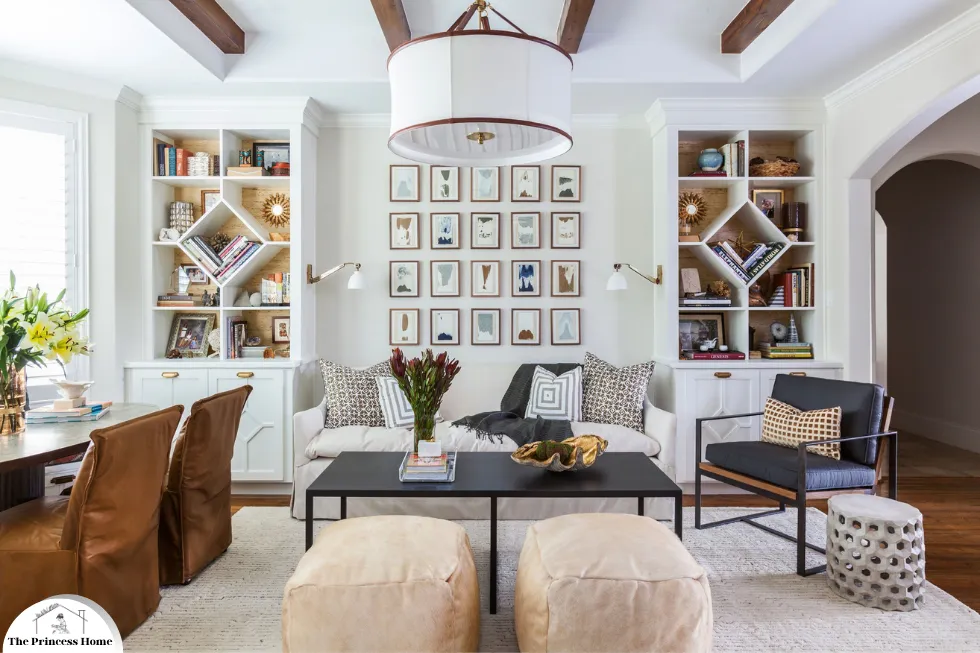
1. The Cycle of Trends:
Color trends follow cyclical patterns, with certain hues experiencing periods of resurgence or revival over time. Trends from past decades often resurface with a contemporary twist, driven by nostalgia or retro aesthetics. For example, mid-century modern color palettes characterized by muted tones and earthy hues have made a comeback in recent years, reflecting a renewed interest in vintage design aesthetics. Understanding the cyclical nature of color trends enables designers to anticipate future directions and draw inspiration from the past while infusing fresh perspectives into their work.
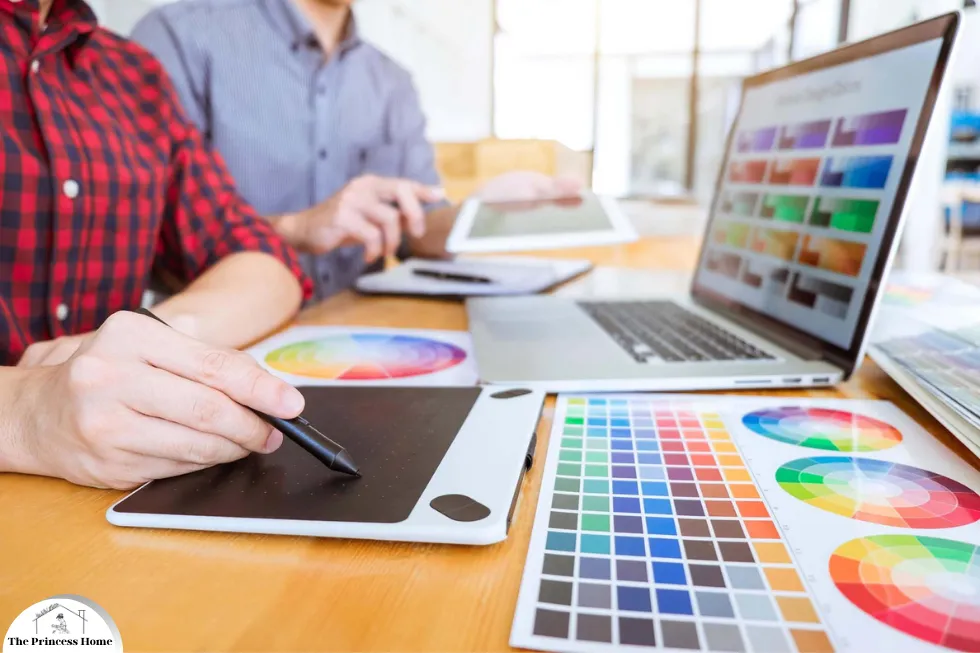
2. Influential Factors:
Several factors influence the emergence and trajectory of color trends, including cultural influences, technological advancements, societal movements, and economic conditions. Globalization and cross-cultural exchange contribute to the fusion of diverse color palettes, resulting in hybrid trends that resonate with multicultural audiences. Additionally, technological innovations, such as digital color-matching technologies and social media platforms, facilitate the rapid dissemination of color trends and shape consumer perceptions and preferences. By staying attuned to these influential factors, designers can anticipate shifts in consumer tastes and adapt their design strategies accordingly.
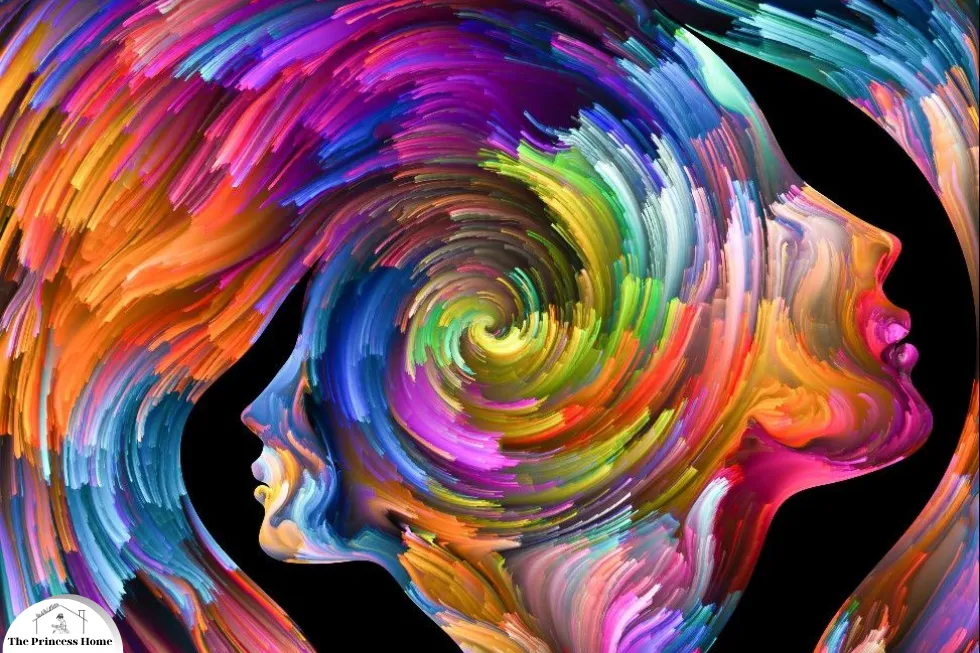
3. Consumer Psychology:
Colors evoke emotions, memories, and associations that influence consumer perceptions and behavior. Psychologists and marketers have long studied the psychological effects of different colors, revealing intriguing insights into human cognition. Warm colors like red and orange tend to evoke feelings of energy and excitement, while cool colors such as blue and green convey a sense of calmness and tranquility. Understanding the psychological implications of color enables designers to create immersive experiences that resonate with target audiences and elicit desired emotional responses.
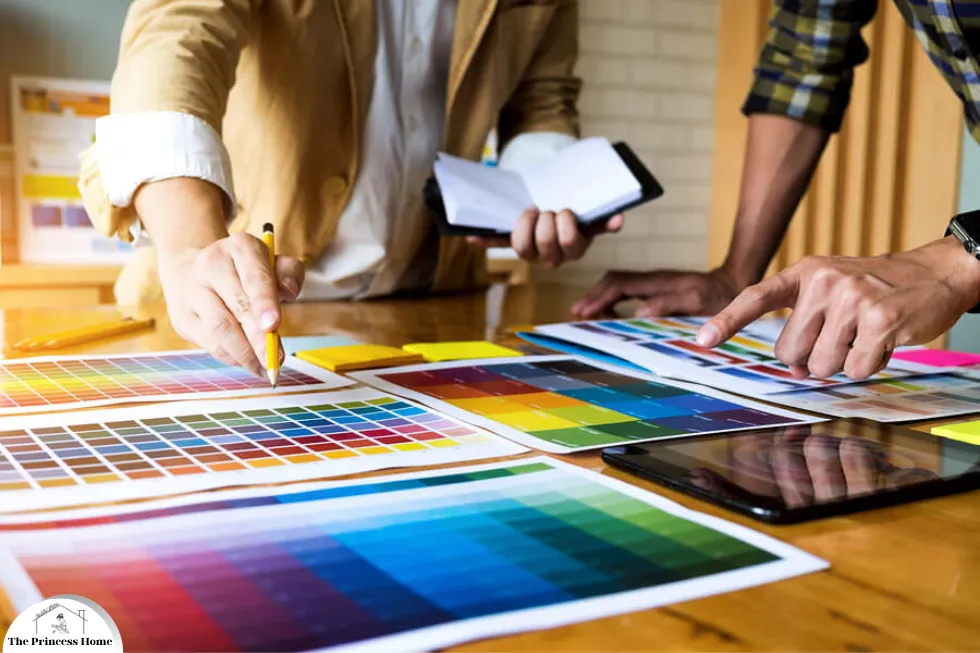
4. Forecasting and Analysis:
Trend forecasting agencies and color experts play a vital role in anticipating future color trends and guiding design decisions. By analyzing a wide range of sources, including fashion runways, interior design exhibitions, consumer behavior studies, and socio-economic indicators, forecasters provide valuable insights into emerging color palettes for upcoming seasons or years. Designers can leverage these forecasts to inform their creative strategies, develop innovative products, and create cohesive brand identities that resonate with consumers.
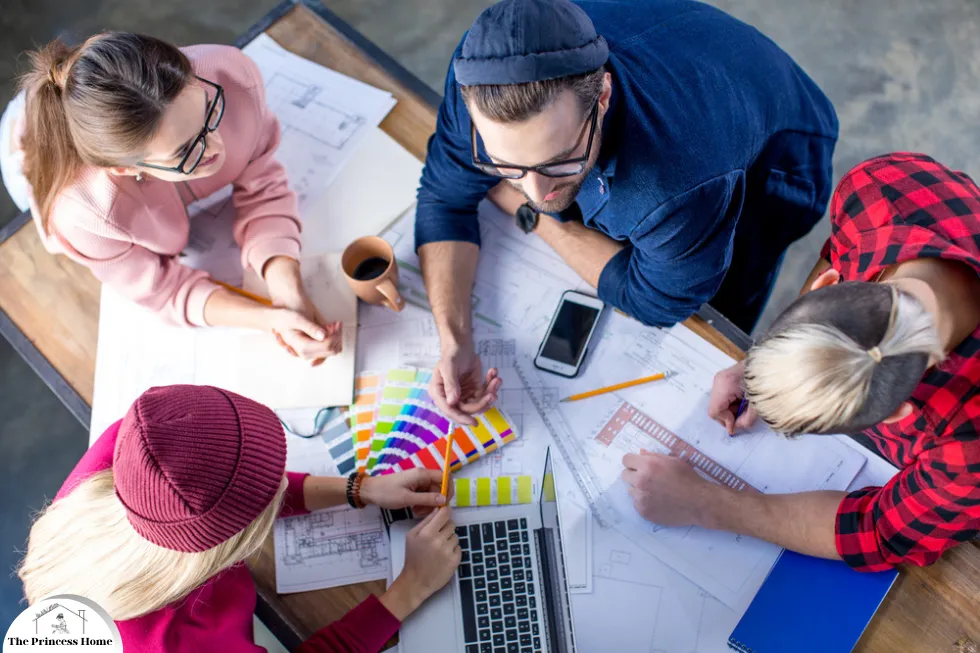
5. Application Across Industries:
Color trends transcend various industries, influencing design aesthetics, product development, branding strategies, and consumer experiences. Fashion designers draw inspiration from seasonal color forecasts to create runway collections that capture the zeitgeist and appeal to fashion-forward consumers. Similarly, interior designers use color trends to curate immersive environments that reflect current tastes and lifestyle preferences. From graphic design to packaging, color plays a pivotal role in shaping brand perception and consumer engagement across diverse touchpoints.
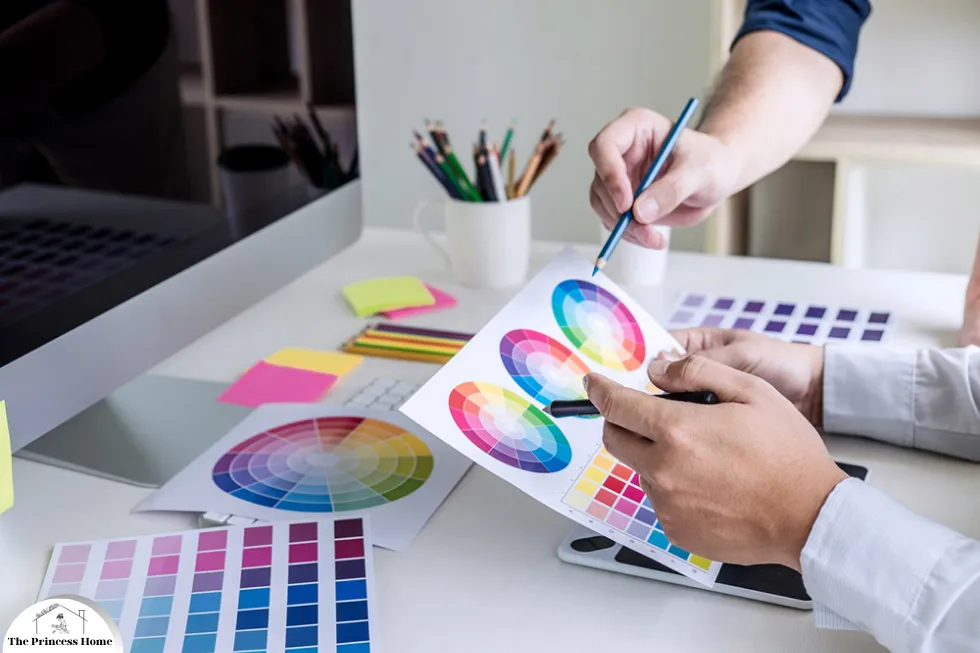
Color Trends: The Role of Forecasting
Forecasting plays a pivotal role in identifying and anticipating emerging color trends, providing valuable insights that guide design decisions, product development, and branding strategies. By analyzing a diverse array of sources and leveraging expertise in design, psychology, and consumer behavior, forecasters offer valuable predictions that inform creative processes and drive innovation. In this section, we delve into the essential role of forecasting in the realm of color trends and explore how it influences various industries and design disciplines.

1. Anticipating Consumer Preferences:
Forecasting enables designers and marketers to anticipate shifts in consumer preferences and respond proactively to evolving trends. By analyzing market research, consumer behavior studies, and socio-economic indicators, forecasters identify emerging color palettes that resonate with target demographics. Understanding consumer preferences allows businesses to tailor their products, branding strategies, and marketing campaigns to meet the evolving needs and desires of their audience.
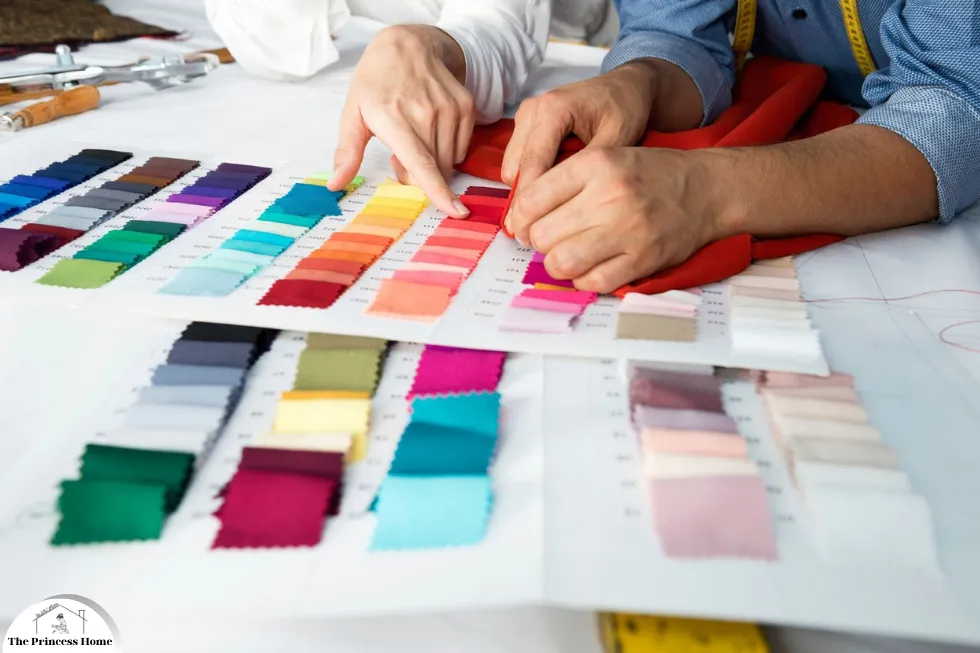
2. Guiding Design Decisions:
Designers rely on color forecasts to inform their creative processes and make informed decisions about color palettes, materials, and finishes. Designers use forecasted colors to craft visually compelling products and experiences that align with current tastes. Whether in fashion, interiors, or digital design, leveraging forecasting insights helps designers stay ahead and captivate audiences with innovative solutions.

3. Inspiring Innovation:
Forecasting stimulates creativity and inspires innovation by providing designers with fresh perspectives and ideas. By exploring emerging color palettes and design trends, designers can push creative boundaries, experiment with new materials and techniques, and challenge conventional norms. Forecasting encourages designers to think outside the box, embrace experimentation, and create designs that capture the zeitgeist and spark cultural conversations.
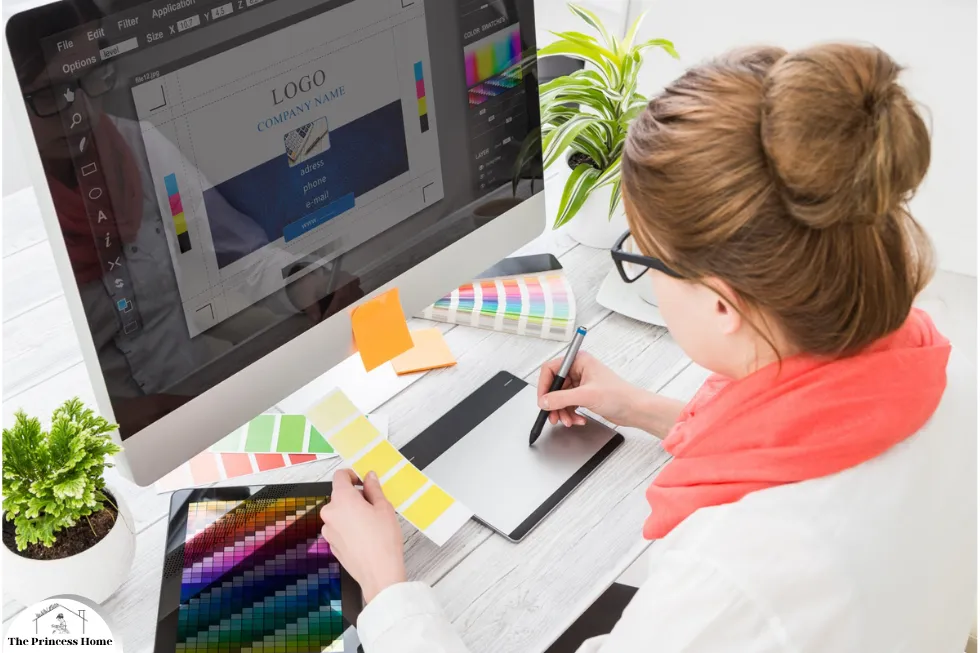
4. Enhancing Brand Differentiation:
In a competitive marketplace, brands strive to differentiate themselves and establish a distinct identity that resonates with consumers. Forecasting allows brands to develop unique color stories and visual identities that set them apart from competitors. By aligning with current color trends while staying true to their brand values and personality, brands can create cohesive and memorable brand experiences that foster consumer loyalty and engagement.
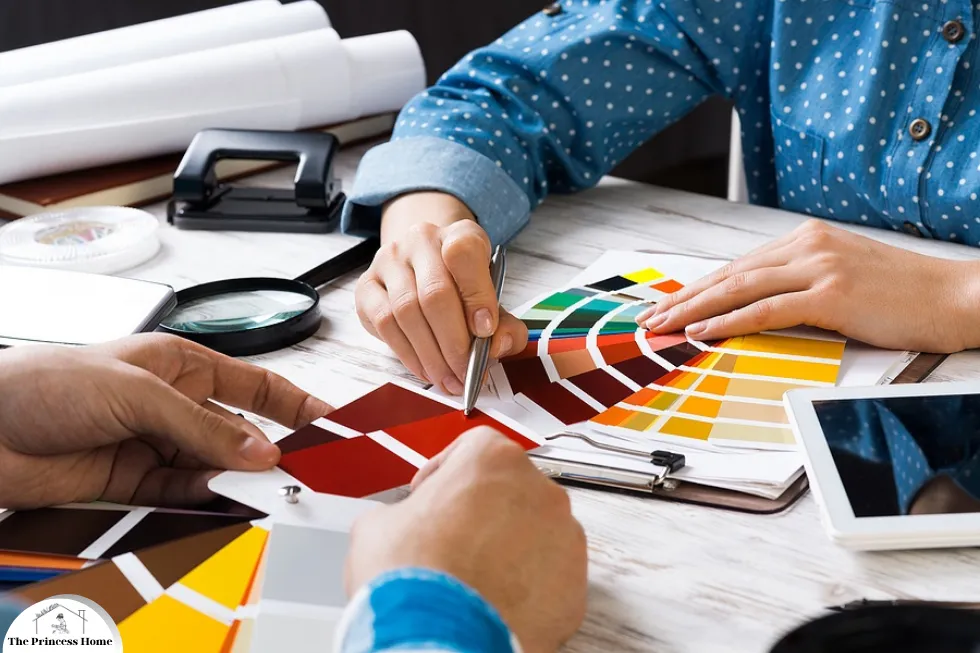
5. Fostering Industry Collaboration:
Forecasting fosters collaboration and knowledge sharing within the design community, enabling industry professionals to exchange ideas, insights, and best practices. Designers, manufacturers, retailers, and marketers collaborate to interpret forecasting data, adapt trends to their specific contexts, and co-create innovative products and experiences. Through collaborative efforts, the design industry drives collective progress, fosters creativity, and responds effectively to the evolving needs and desires of consumers.
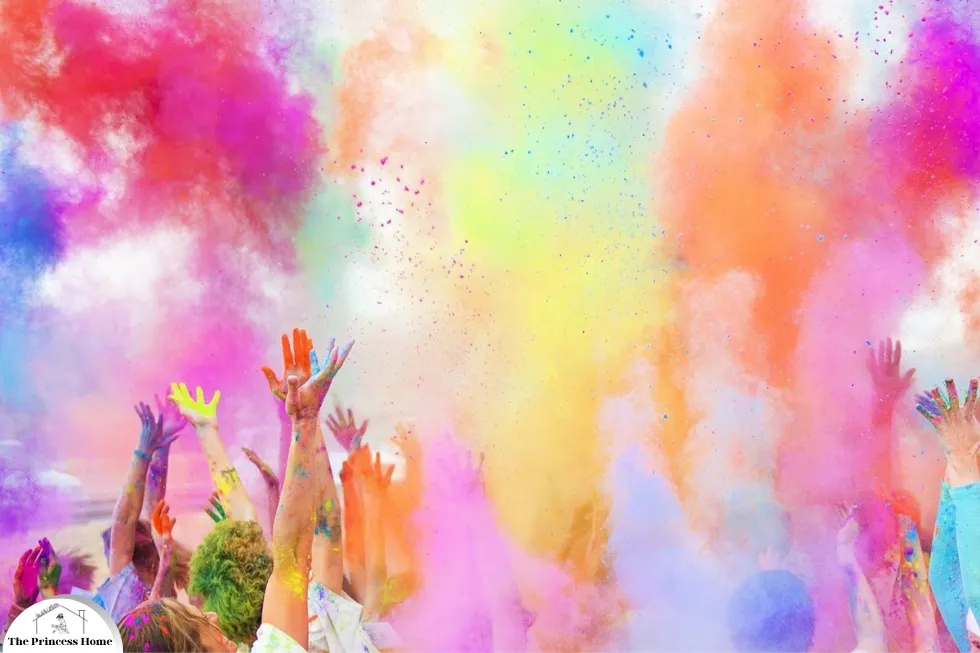
Color Trends: Emotional Resonance
Colors can evoke emotions, influence moods, and shape perceptions, serving as powerful tools for creating impactful experiences. Emotional resonance is crucial in design, branding, and communication strategies, as colors can elicit specific feelings and responses from viewers. In this section, we explore how color trends utilize emotional resonance to connect with audiences and drive engagement.
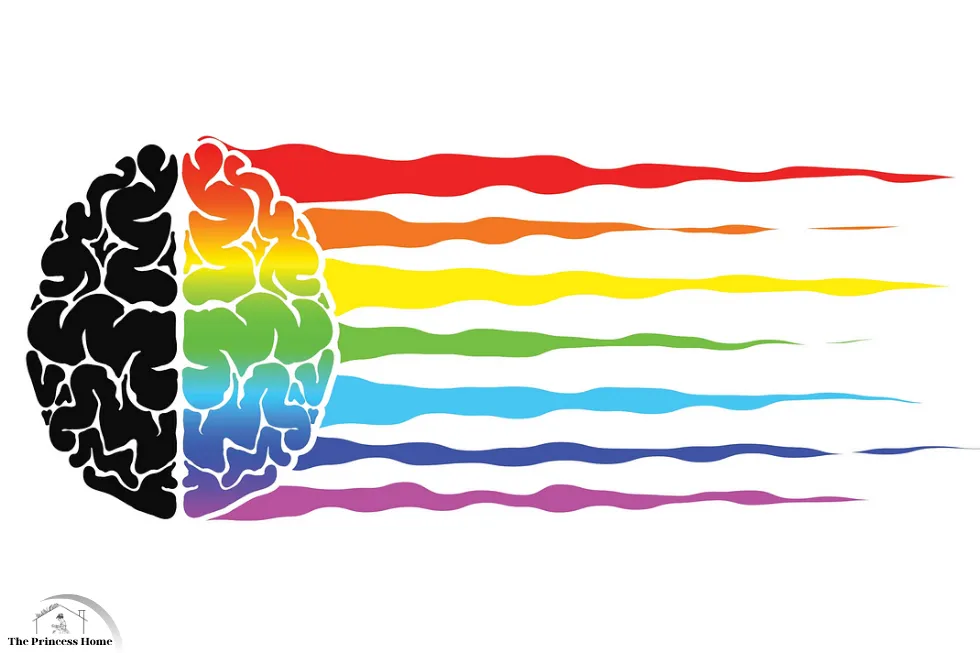
1. Understanding Color Psychology:
Color psychology examines how different colors affect human emotions, behaviors, and perceptions. Warm colors such as red, orange, and yellow tend to evoke feelings of energy, passion, and excitement, while cool colors like blue and green convey a sense of calmness, tranquility, and trustworthiness. By understanding the psychological implications of different colors, designers can strategically select color palettes that evoke desired emotional responses and enhance user experiences.
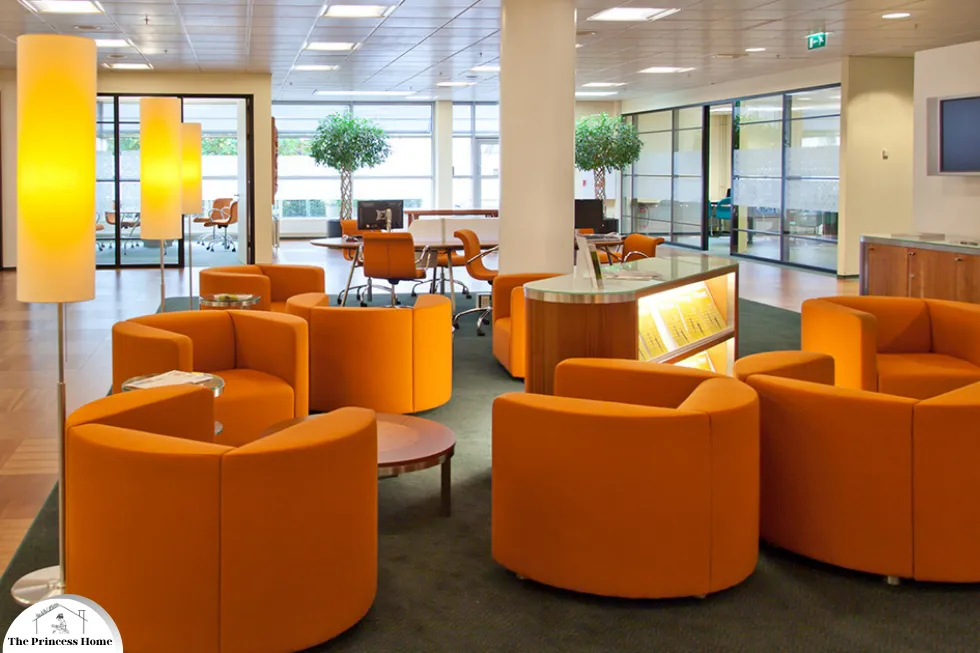
2. Creating Atmosphere and Ambiance:
Color trends play a crucial role in creating atmosphere and ambiance within physical and digital environments. In interior design, for example, warm, inviting colors like earthy neutrals and soft pastels can create a cozy and welcoming atmosphere in residential spaces, while bold, vibrant hues like jewel tones and saturated primaries can inject energy and personality into commercial settings. Similarly, in digital design, color choices can influence the perceived usability, credibility, and appeal of websites and applications, impacting user engagement and satisfaction.

3. Conveying Brand Identity:
Brands leverage color trends to convey their identity, values, and personality to consumers. The color palette associated with a brand can evoke specific emotions and associations that resonate with target audiences. For example, luxury brands often use elegant, sophisticated colors like black, gold, and silver to convey exclusivity and prestige, while eco-friendly brands may opt for natural, earthy tones to evoke a sense of sustainability and environmental stewardship. Consistency in color usage across brand touchpoints reinforces brand recognition and fosters emotional connections with consumers.
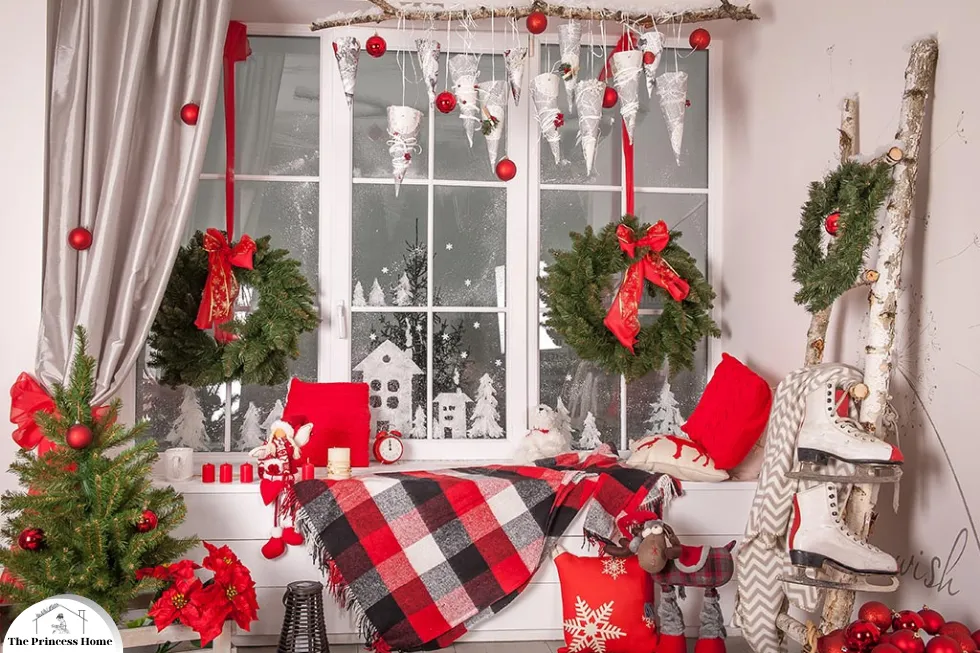
4. Evoking Memories and Associations:
Colors have the power to evoke memories, associations, and cultural symbolism that resonate with viewers on a subconscious level. For example, nostalgic color palettes inspired by retro aesthetics can evoke feelings of nostalgia and reminiscence, tapping into collective memories and cultural references from the past. Similarly, colors associated with specific cultural traditions, holidays, or rituals can evoke cultural pride and identity, forging connections between individuals and their heritage.
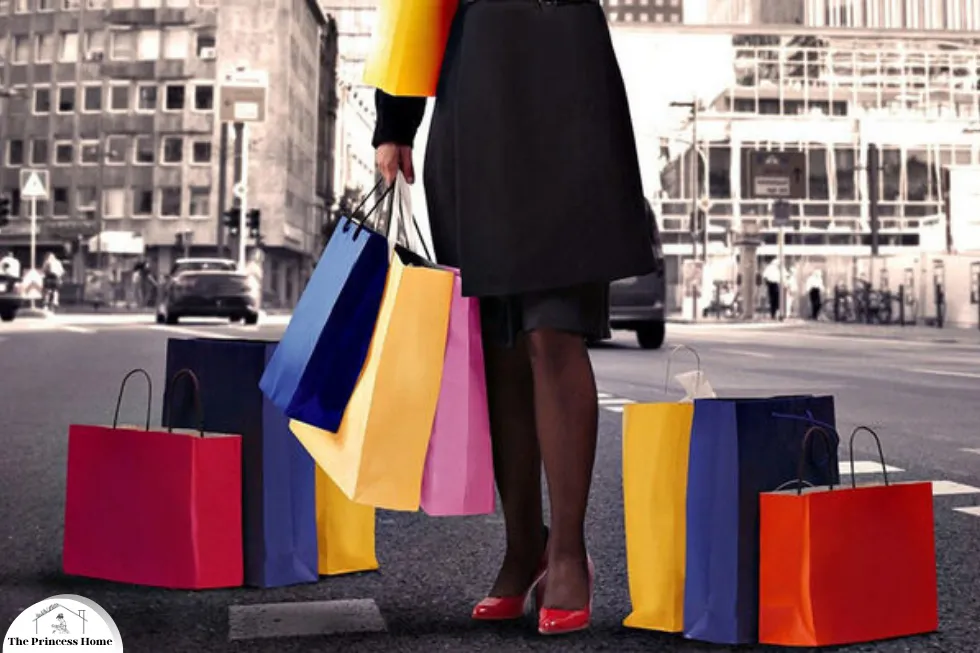
5. Influencing Consumer Behavior:
Color trends influence consumer behavior by shaping perceptions of product quality, brand trustworthiness, and purchase intent. Studies indicate that colors greatly affect consumer decisions, with some colors triggering stronger emotions and purchase intentions. By strategically using color trends in packaging, advertising, and product design, brands can shape consumer perceptions, leading to desired outcomes like boosted sales and brand loyalty.
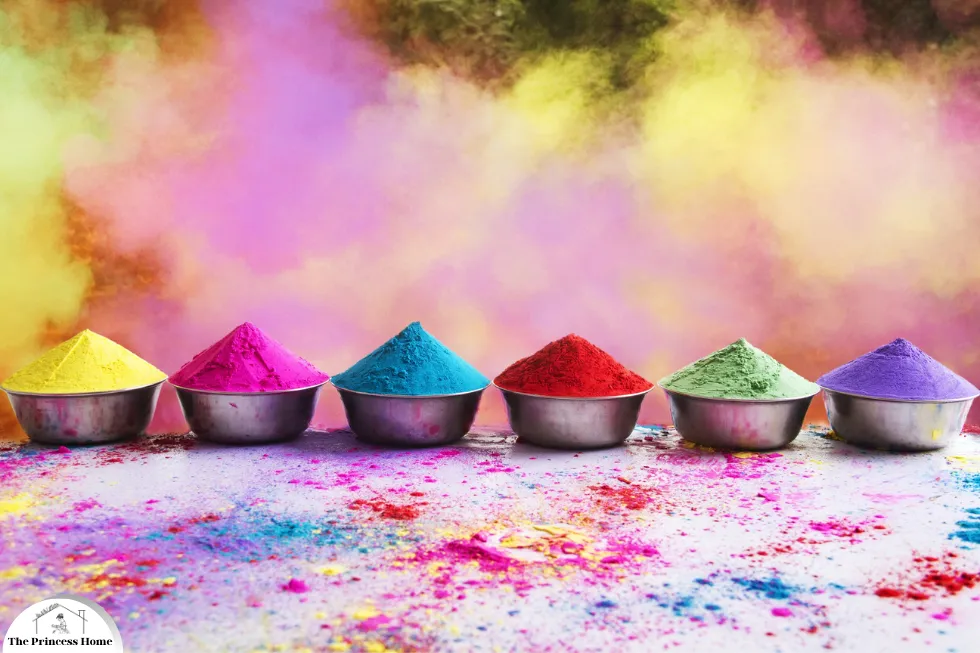
Factors Influencing Color Trends:
Color Trends: Cultural Influences
Color trends are heavily influenced by cultural dynamics, showcasing diverse connotations, symbolism, and preferences of societies and traditions. Understanding cultural significance is vital for designers, marketers, and individuals aiming for inclusive designs. Here, we delve into how cultural influences shape color trends and impact consumer perceptions.
Several key factors influence the trajectory of color trends & forecasting:
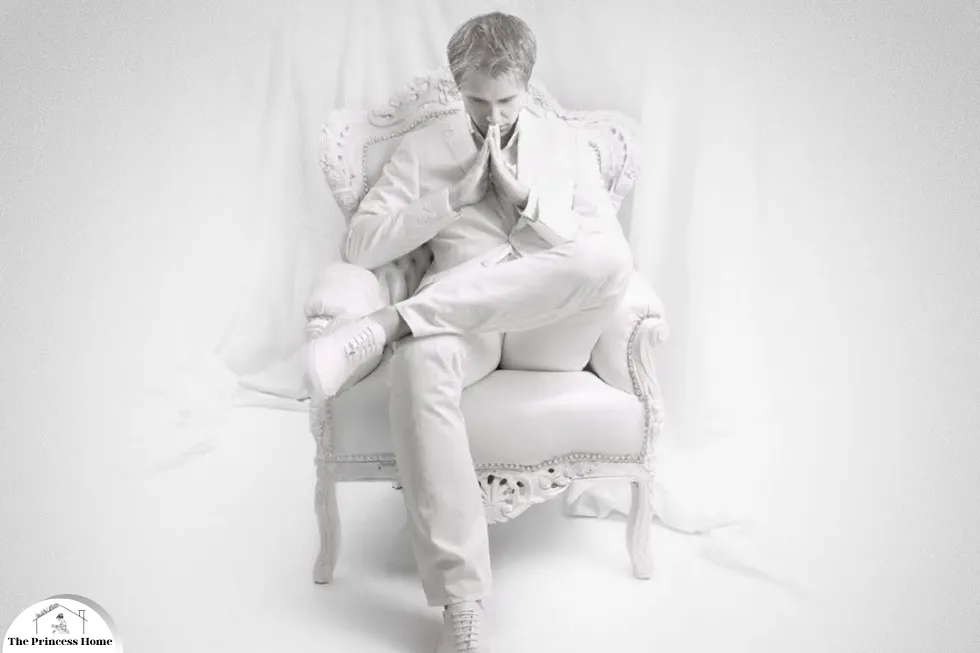
1. Symbolism and Meaning:
Colors carry symbolic significance that varies widely across different cultures and regions. For example, while white is associated with purity and innocence in Western cultures, it symbolizes mourning and death in many Asian cultures. Similarly, red may symbolize luck, prosperity, or passion in some societies, while evoking different connotations elsewhere. Designers must be mindful of these cultural nuances when selecting colors for global audiences to avoid unintentional misinterpretations or offensive associations.
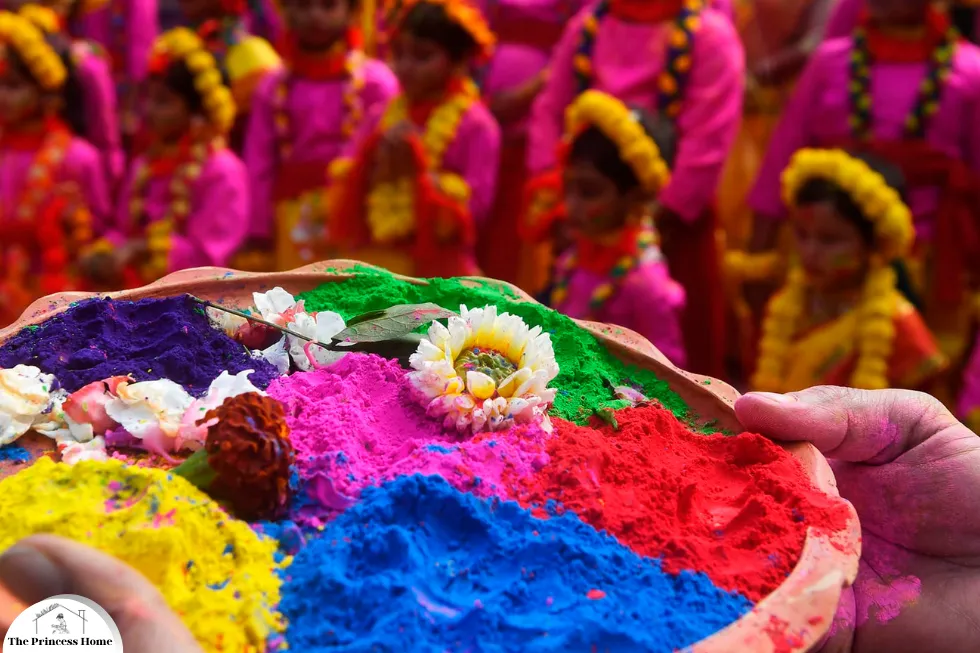
2. Traditional Practices:
Cultural traditions and rituals often influence color preferences and choices within specific communities. For instance, traditional ceremonies, festivals, and religious observances may dictate preferred color palettes and patterns. In India, vibrant colors like red, orange, and yellow are commonly associated with festivals such as Diwali and Holi, symbolizing joy, celebration, and auspiciousness. By incorporating traditional colors and motifs into contemporary designs, designers can pay homage to cultural heritage while creating meaningful connections with consumers.
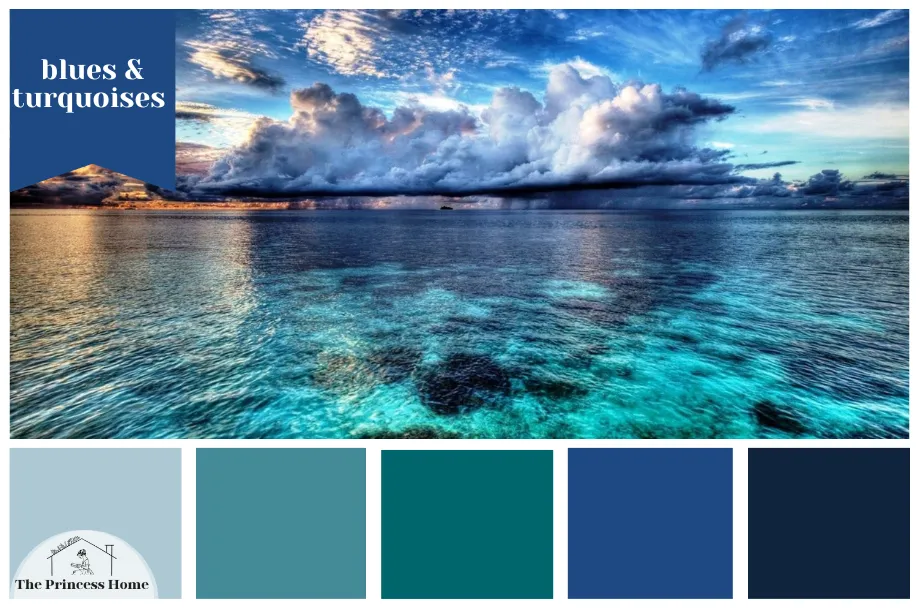
3. Regional Influences:
Color preferences may vary significantly from one region to another within the same country or continent. Climate, geography, and historical factors can all influence regional color palettes and aesthetic preferences. Coastal areas often prefer blues and turquoises reminiscent of the sea, while deserts lean towards warm earth tones like sand and terracotta. Recognizing regional preferences allows designers to create inclusive designs that foster community connection.

4. Cultural Movements and Trends:
Cultural movements and socio-political developments can also shape color trends and aesthetic preferences. For example, the rise of environmental awareness has led to a growing interest in eco-friendly materials and nature-inspired color palettes. Shades of green, brown, and earthy tones are increasingly popular as consumers seek to reconnect with nature and promote sustainability. Similarly, social justice movements and advocacy campaigns may influence color choices, as seen in the adoption of symbolic colors like purple for LGBTQ+ rights or black for solidarity movements.
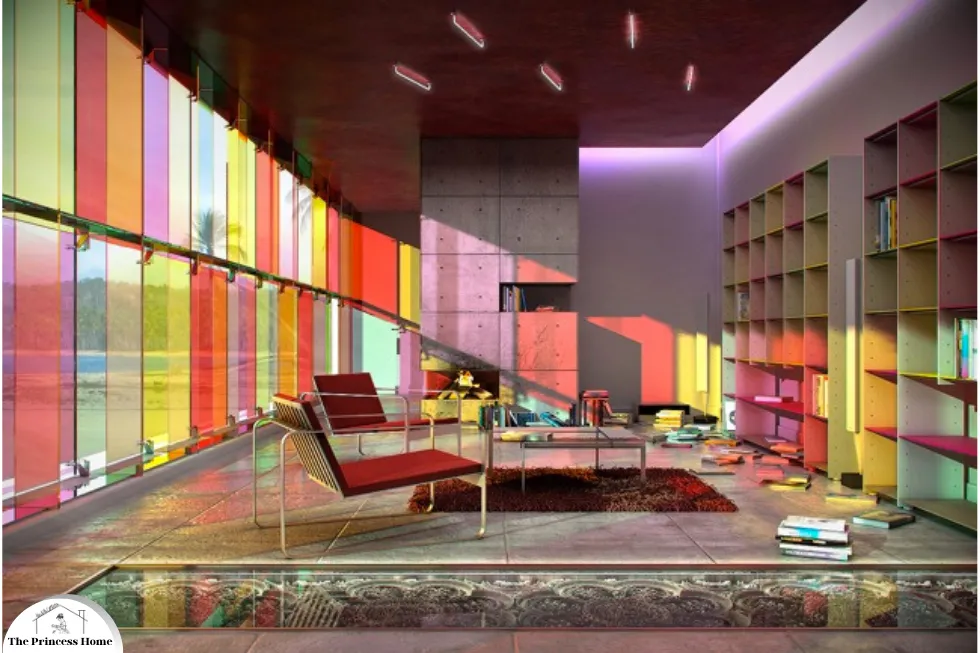
5. Cross-Cultural Exchange:
Globalization and cross-cultural exchange have resulted in the fusion of diverse color palettes and design aesthetics. Cultural diversity and multiculturalism enrich the creative landscape, inspiring new color combinations, patterns, and visual motifs. Designers often draw inspiration from diverse cultures, traditions, and artistic expressions, resulting in hybrid designs that appeal to global audiences. By embracing cultural diversity and cross-cultural exchange, designers can create inclusive and culturally resonant designs that celebrate the richness of human heritage.
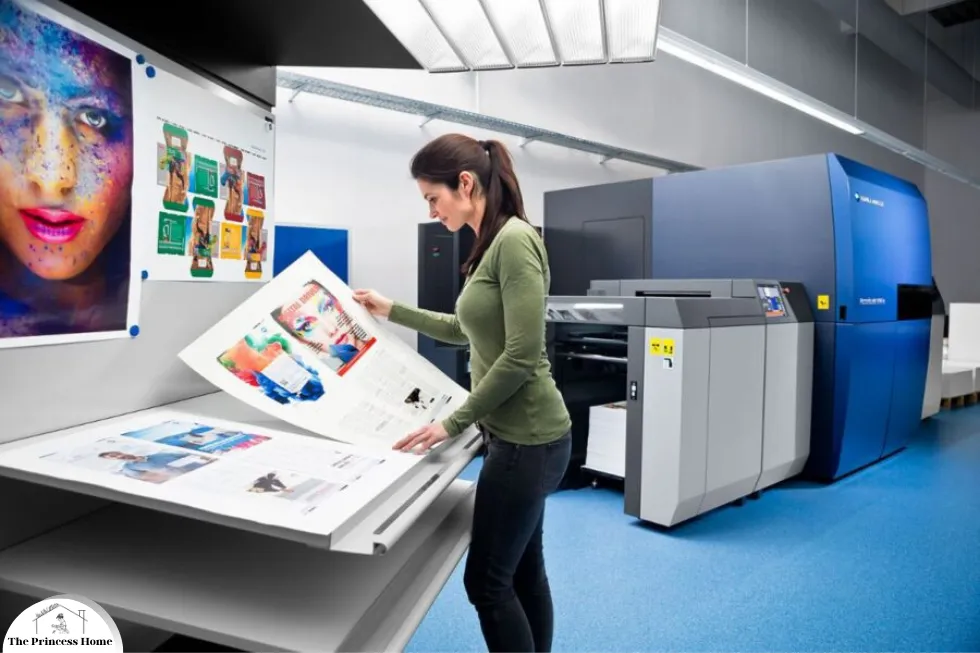
2.Technological Advances:
Technological innovations, such as digital printing techniques and color-matching technologies, enable designers to explore new color possibilities and push creative boundaries. Additionally, social media platforms and digital platforms facilitate the rapid dissemination of color trends, shaping consumer perceptions and preferences.
3.Sustainable Practices:
Increasing awareness of environmental issues and sustainability concerns has led to a growing demand for eco-friendly materials and nature-inspired color palettes. Earthy tones, organic textures, and biophilic design elements are gaining popularity as consumers seek harmony with the natural world.
Staying abreast of current color trends and forecasting requires a proactive approach and a keen eye for observation. Here are some practical tips for staying updated:

Tips for Staying Updated:
1.Follow Trend Forecasting Agencies:
Keep tabs on leading trend forecasting agencies and color experts who publish annual color trend reports and forecasts. Subscribe to newsletters, attend webinars, and follow social media accounts to access the latest insights and predictions.
2.Attend Design Exhibitions and Trade Shows:
Participate in industry events, such as design exhibitions, trade shows, and conferences, where you can explore innovative color palettes, network with industry professionals, and gain inspiration from cutting-edge design trends.
3.Explore Digital Platforms:
Utilize online resources, such as design blogs, social media platforms, and digital magazines, to discover emerging color trends, curated color palettes, and inspirational content shared by fellow creatives.
4.Conduct Consumer Research:
Stay attuned to consumer preferences and behavior through market research, surveys, and focus groups. Analyze consumer insights and feedback to identify emerging color trends and adapt your design strategies accordingly.
5.Experiment and Innovate:
Don’t be afraid to experiment with color combinations, textures, and finishes to create unique and memorable design solutions. Embrace creativity and innovation to differentiate your work and stay ahead of the curve in a competitive marketplace.
Conclusion:
Color trends and forecasting play a vital role in shaping design aesthetics, consumer preferences, and brand perceptions. By grasping the factors shaping color trends, staying current with forecasts, and fostering creativity, designers and marketers can craft engaging narratives that endure. Staying proactive and adaptable to trends allows professionals to navigate the dynamic color landscape with confidence.
Frequently Asked Questions About Color Trends and Forecasting
1. How do color trends and forecasting impact design and branding?
Color trends and forecasting provide valuable insights into emerging color palettes, consumer preferences, and industry directions. Designers and marketers use this data to create visually captivating designs, innovate products, and build brand identities that connect with audiences. Staying abreast of color trends helps businesses stay competitive and convey brand values to consumers effectively.
2. What factors contribute to the emergence of color trends?
Several factors influence the trajectory of color trends, including cultural influences, technological advancements, sustainable practices, and emotional resonance. Globalization and cross-cultural exchange contribute to the fusion of diverse color palettes, while technological innovations enable designers to explore new color possibilities. Additionally, increasing awareness of environmental issues has led to a growing demand for eco-friendly materials and nature-inspired color palettes.
3. How can individuals and businesses stay updated with current color trends?
To keep up with current color trends, individuals and businesses can follow trend forecasters, attend exhibitions, explore digital platforms, conduct research, and embrace innovation. By engaging with experts, networking, and understanding consumer preferences, professionals can anticipate trends and adjust design strategies.
4. Are color trends cyclical, or do they evolve continuously?
Color trends exhibit both cyclical patterns and continuous evolution. Some color palettes resurge due to nostalgia, while others emerge from societal shifts and technology advancements. Forecasters use historical data and market research to identify recurring themes and upcoming trends.
5. How important is it for businesses to incorporate current color trends into their branding strategies?
Incorporating current color trends into branding strategies can enhance brand relevance, appeal to target demographics, and differentiate businesses from competitors. Colors evoke emotions, convey brand messages, and shape consumer perceptions, making them powerful tools for brand identity and communication. By aligning with current color trends, businesses can position themselves as innovative and forward-thinking while establishing a cohesive and visually appealing brand presence across various touchpoints.
6. Can individuals apply color trends to personal design projects, such as home decor?
Yes, individuals can apply color trends to personal design projects, such as home decor, fashion, and personal styling.Trend forecasting agencies and design publications offer curated color palettes and inspiration for various creative projects, including home decor, fashion, and DIY. Incorporating current color trends adds a contemporary flair and allows for personal expression.



